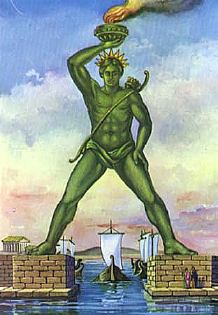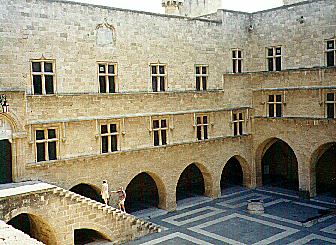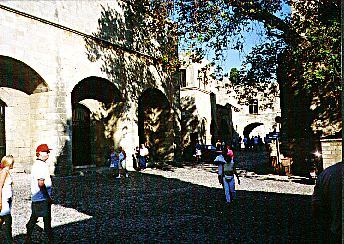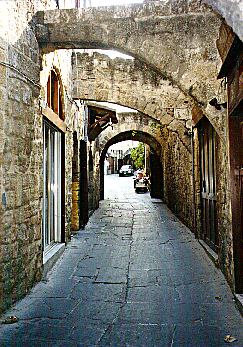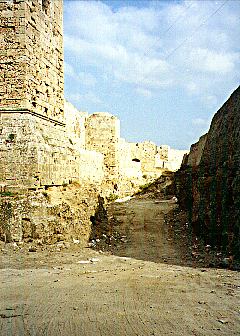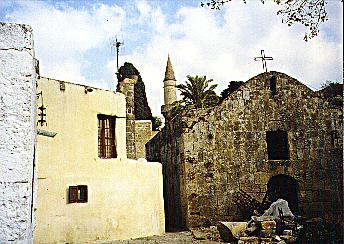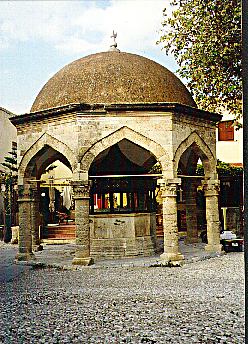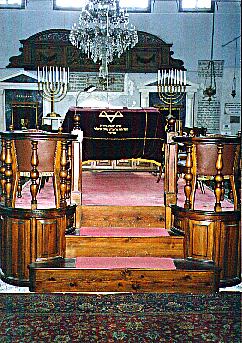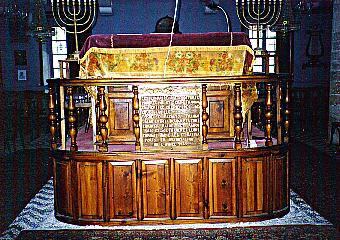The bronze Colossus, which (according to legend) stood astride the harbor of the city of Rhodes, was a more-than-100-foot-tall statue of the sun god (thus "Isle of the Sun") commemorating the city's success in repelling a siege in the 4th century BCE. The Colossus, which certainly stood to one side of the harbor and not across it, was considered one of the ancient wonders of the world.
For the record, the others were: the Pyramids of Giza, the Hanging Gardens of Babylon, the Statue of Zeus at Olympia, the Temple of Artemis at Ephesus, the Mausoleum of Halicarnassus, and the Lighthouse at Alexandria.
The huge statue long ago was felled by an earthquake and, later, its bronze was carted off for other uses. Now you can see a couple of pedestals topped by statues of deer where the feet of the Colossus mighthave stood. Deer? Deer were imported to help get rid of snakes and now are the modern symbols of Rhodes. Oh, how the mighty have fallen!
